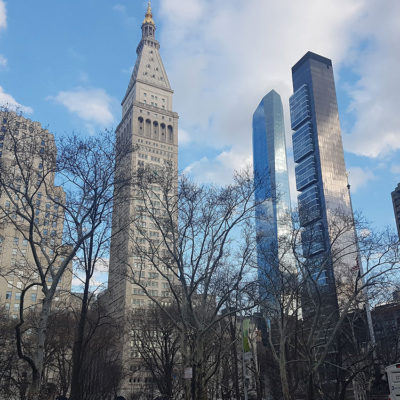
Photos in the streets of New York
New York, Streets and neighborhoods of New York, USA
Founded in 1869, the New York Museum of Natural History welcomes more than 5 million visitors per year and houses more than 32 million objects and specimens. The Museum of Natural History’s diverse collections are spread over five levels and 150,000 square meters:
The museum is very large and visiting it all in one go would be tedious. We therefore advise you to select the rooms you wish to visit first. Also, there are fewer people at the opening even if a queue appears in front of the museum more than half an hour before the time. And don’t forget that the museum closes every day at 5:45 pm to allow, perhaps, the animals and objects of the museum to come to life after dark (the Museum of Natural History is indeed the filming location of Night at the Museum).
The visit to the New York Museum of Natural History was made on April 6, 2018.
Click on the picture to enlarge it and discover its caption.